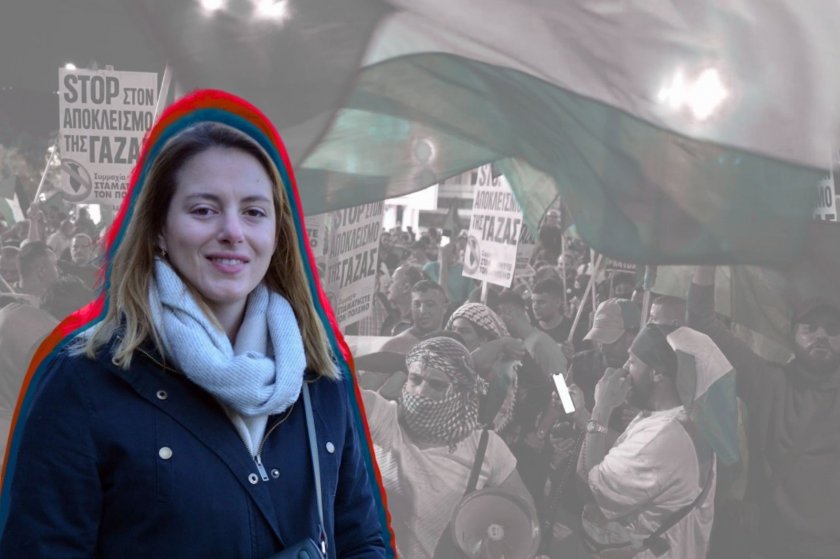The streets of England are closed to fascism

Aydin Çubukçu

Fotoğraf: Arif Bektaş/Evrensel
Since last October, London has been the scene of mass protests against Israel's genocidal attacks and the British government's support for this policy. These protests and solidarity actions have spread to different neighbourhoods and gained continuity. Even today, every new development in Gaza is closely followed by large sections of the public and is inevitably met with some form of action.
The recent "anti-racism demonstrations" can be seen as a continuation of this series of protests. The extraordinary mass reaction to the attempted racist attacks, which began after a provocative news story, can be seen as a new form of the accumulated anger over Israel's attacks on Palestine.
An interesting aspect of the recent demonstrations is that those who came together against racism had gone beyond a 'purely anti-Israel' stance. Of course, the ease of mobilising mass action was due to the solidarity actions with Palestine, but now the issue required opposition to all forms of racism, and this required going beyond even Arab/Muslim identity. At the demonstrations, where the vast majority were young white British people, the slogan "We will rid our streets of fascism" was often chanted. This slogan resonated. The fascist actions, which the government and security forces failed to deal with, were stopped before they began as tens of thousands of anti-fascists took to the streets.
An example of this occurred at a demonstration organised by Stand Up to Racism. As reported by Counterfire: "I've lived in Walthamstow for eighteen years and nothing has made me prouder than last night. On the way to the unity rally I painted a picture in my head: Fascists on one side of the street, anti-fascists on the other. I imagined maybe 15 fascists, 500 or so anti-fascists. In reality there were no fascists, but the anti-fascist turnout was twenty times my estimate: 10,000 people. More than five per cent of the population of Walthamstow. The crowd was a sea of diversity; regardless of age, race, sexual orientation or gender, we stood as one body in Walthamstow.
Similar demonstrations took place in many other areas. With over 100 violent far-right actions planned across England, thousands of anti-racists organised counter-demonstrations, filling the streets and outnumbering the far-right.
Anti-fascist groups and organisations are continuing to prepare for a more organised and powerful fight against possible new attacks. The meetings over the weekend and the special agenda meetings of the trade unions are the most important indicators of this.
These developments should be seen alongside the reaction of the election, which brought the Labour Party into government with a large majority in response to the economic and political reactionary policies of the Conservatives who had governed for many years. This shows that the reaction, which has taken the form of anti-fascist social demonstrations arising from a current event, actually bears the characteristics of a broader opposition to the policies of the ruling class.
We can also see this in the way the Labour government has fallen far behind the masses in recent events. The main function of this government, which was elected with the support of the workers, was to carry out the large-scale privatisations that the Conservatives dared not do. It was never expected that this government would adopt a more progressive stance.
It is clear that the powerful wave of anti-fascist, solidarity and anti-war demonstrations that is sweeping the streets of London also carries the dynamic of a deeper solution to economic and political questions.
Forwarding to the next article...
10 seconds remaining






Follow Evrensel